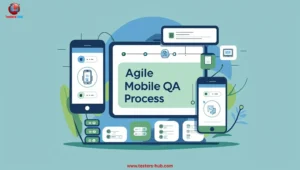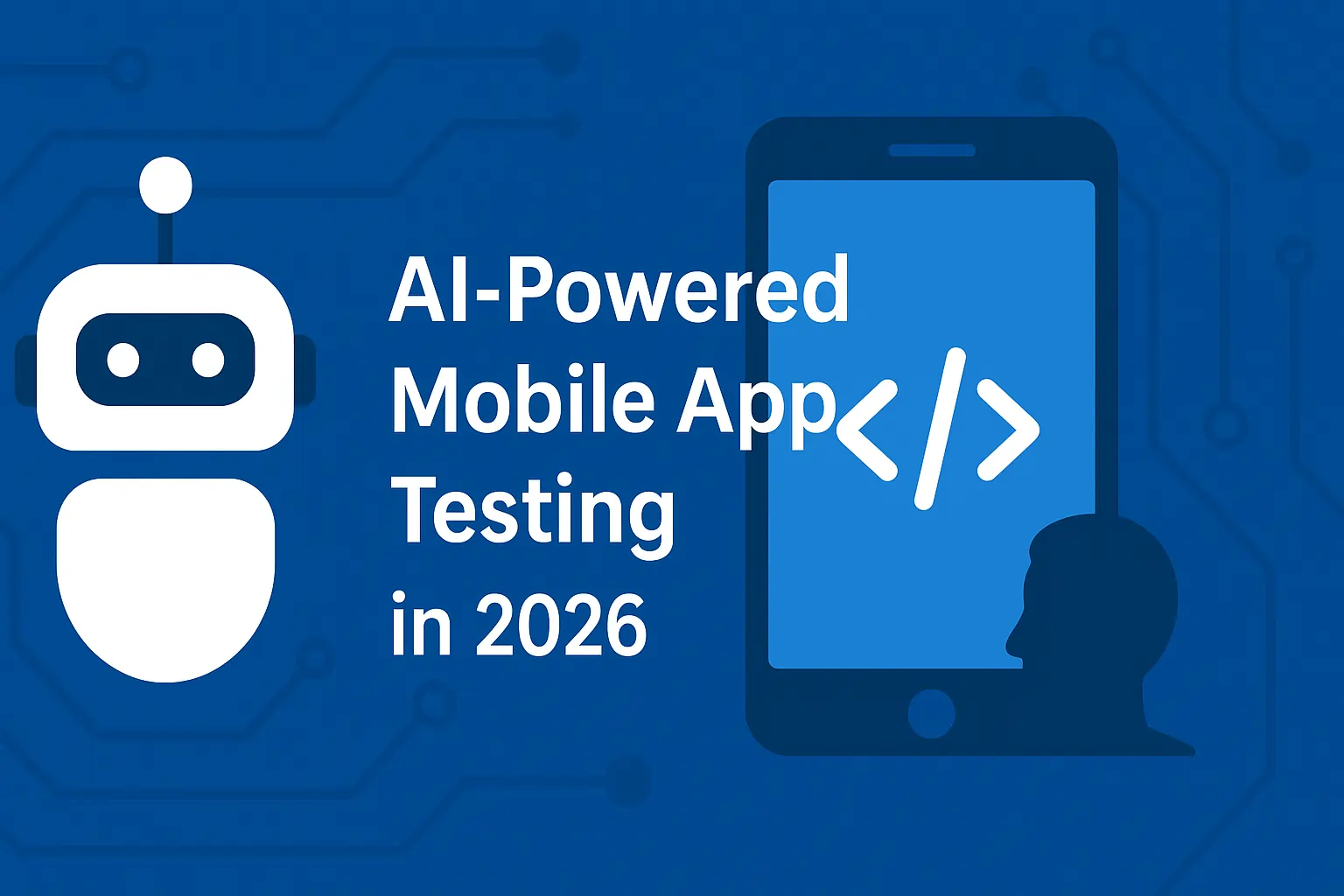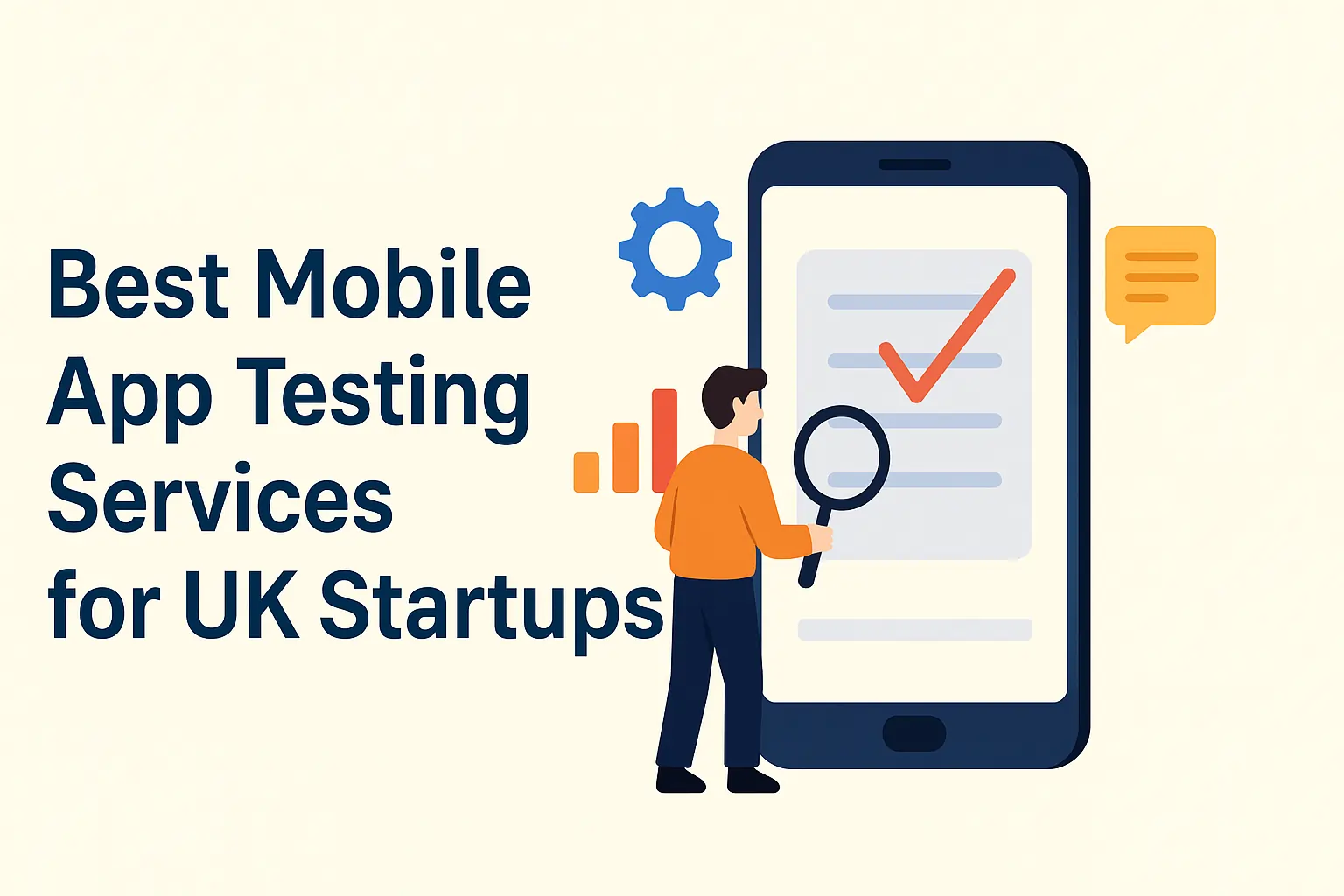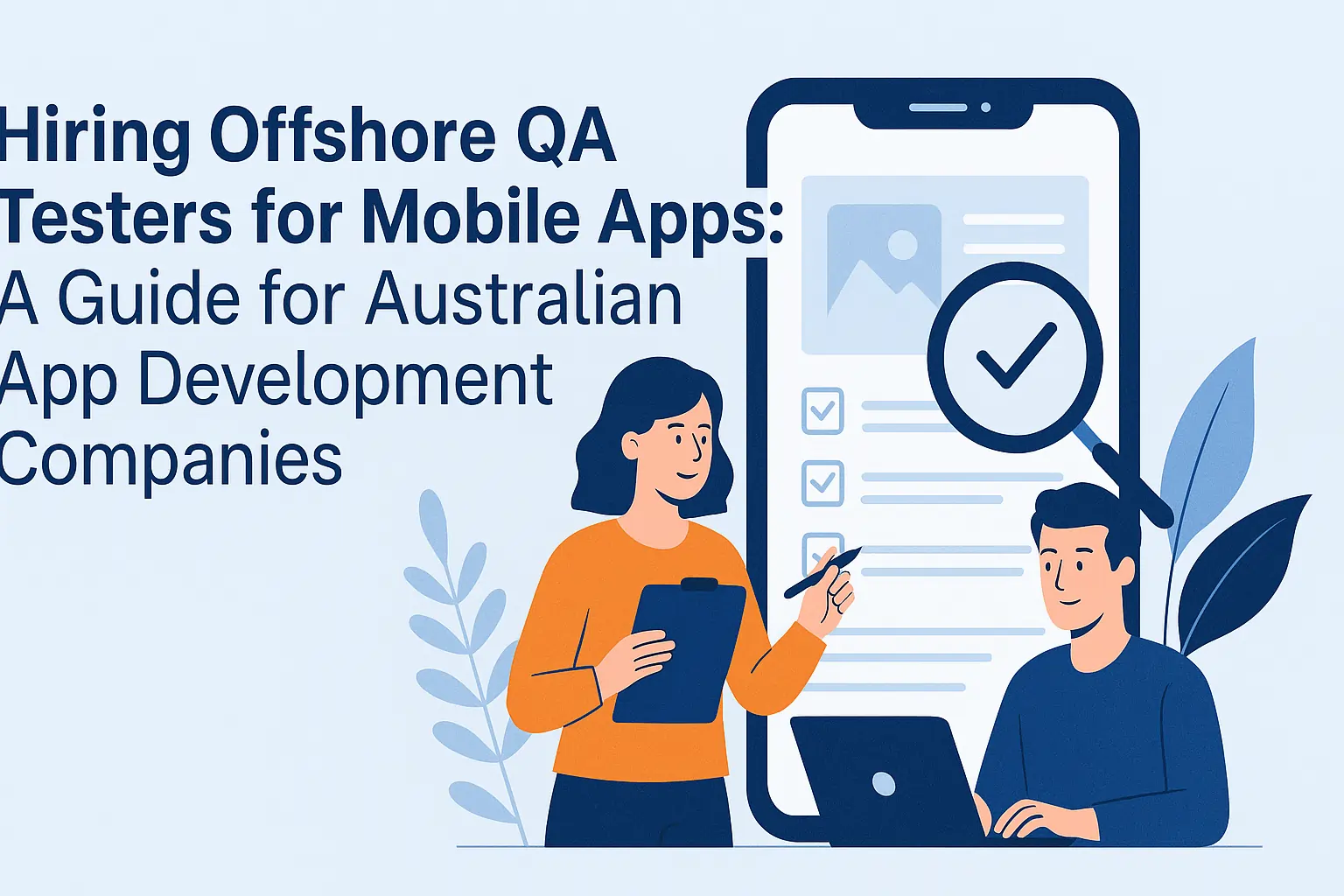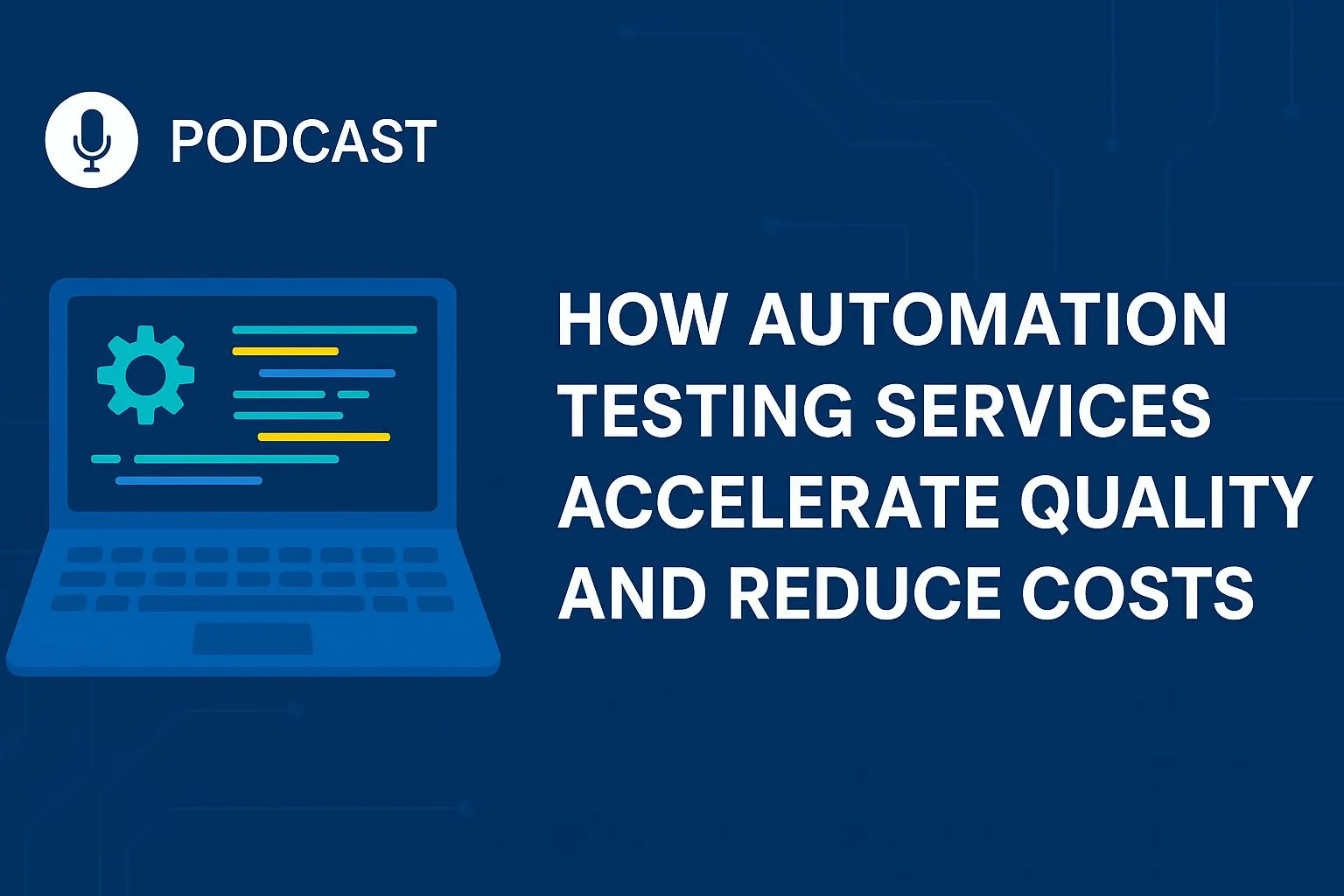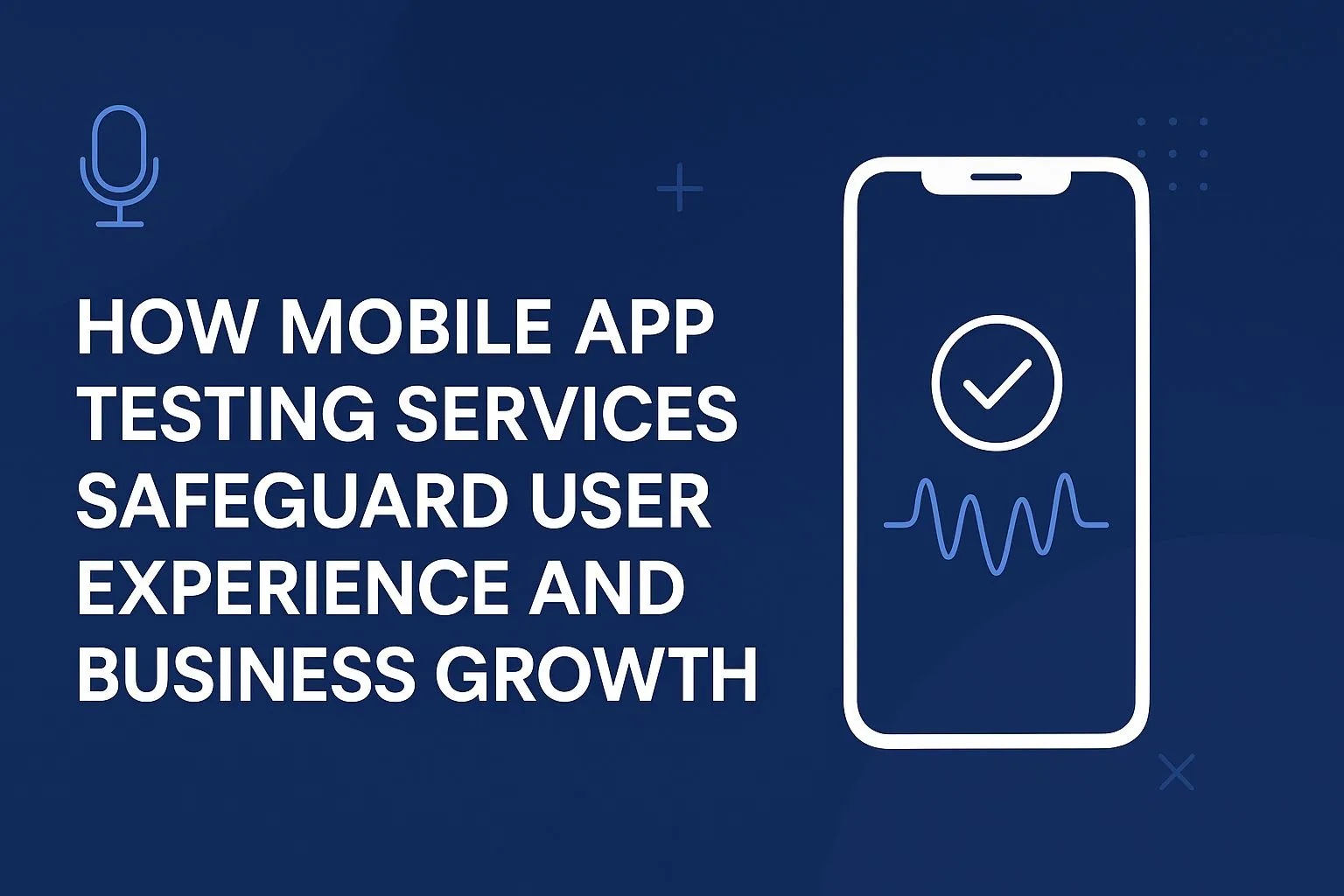Agile Mobile QA: Aligning Testing with Sprint Releases in 2025
Mobile development moves at the speed of light in 2025. But quality must not be sacrificed. Agile QA is now an important part of every sprint cycle. It makes sure that both iOS and Android apps are stable, safe, and ready for users.
Agile QA lets teams find problems as they happen instead of waiting until the end of development to test. So, every sprint, teams can add more reliable features. Mobile app testing services that use the Agile method can help you speed up your work with both native and hybrid mobile apps without losing control.
🔁 What Agile QA Means for Testing Mobile Apps
Agile QA is more than just checking features after they are made. It’s not just a one-time thing; it’s a quality practice that happens all the time during a sprint. From the very beginning, testers work with developers to figure out what the requirements are, go over the acceptance criteria, and come up with test plans. This method is proactive, so it cuts down on last-minute surprises and makes sprints more predictable.
Also, Agile mobile QA works perfectly with both iOS and Android app testing services. It’s important to find bugs early, while you’re still developing the app, not after it’s been released, because each platform works differently.
🧩 How QA Fits into Sprint Cycles
To align with Agile workflows, mobile QA must evolve alongside development efforts. Typically, here’s how QA maps across a standard two-week sprint:
Sprint Stage |
QA Responsibilities |
| Sprint Planning | Review user stories, create test charters, define scope |
| Development Phase | Run smoke tests, validate APIs, test UI components |
| Daily Standups | Share testing updates, report defects, sync with dev team |
| Sprint Closure | Perform regression testing, validate app performance |
| Retrospective | Review bugs, refine strategy, prepare for next sprint |
Because sprint timelines are tight, testing must be both strategic and fast-paced.
⚙️ Best Ways to Do Agile Mobile App QA
Here are the best ways we do Agile mobile QA to keep quality high and the pace steady:
✅ Start QA when you’re making plans
Always have your testers with you when you clean up your backlog. This lets them ask questions early, which keeps things from getting delayed later.
✅ Use a Device Testing Matrix
Because mobile devices are so different, you should use real devices that are similar to the ones your target audience uses. This makes tests more accurate for people who use both iOS and Android.
✅ Make What Matters Automatic
Set up automated regression and smoke tests so your QA team can spend more time on exploratory and functional testing that is more difficult.
✅ Do Incremental Testing
Don’t test everything at once; instead, break up big features into smaller parts that can be tested. This makes it easier to find and fix bugs.
👉 Need a mobile app testing team that fits into your sprints?
💡 For example, doing agile testing during a sprint
Think about a mobile health app that has a symptom checker. In Sprint 1, the QA team works together to:
- Check that basic symptom inputs work on both Android and iOS
- Find UI problems on both smaller iPhones and bigger Android screens
- Start automating smoke tests for submissions of forms
- Make sure that the functionality meets HIPAA and data security standards.
All of Sprint 1’s features are stable by the start of Sprint 2, which makes regression testing easier. So, it’s possible to quickly test new features without affecting features that have already been released.
🛠 Tools That Support Agile Mobile QA in 2025
Today, various tools help Agile QA teams streamline sprint-based testing:
- Test Management: TestRail, Zephyr, Xray
- Automation: Appium, Espresso (Android), XCUITest (iOS), Playwright
- CI/CD Pipelines: Bitrise, GitHub Actions, Jenkins
- Device Testing: BrowserStack, Sauce Labs, LambdaTest
- Bug Tracking: Jira, Linear, ClickUp
Together, these tools make test execution faster and reporting more transparent.
🌎 Why should you choose Testers HUB for mobile QA that is based on sprints?
At Testers HUB, we put Agile QA experts right into your development cycles. We’ve helped SaaS companies, gaming platforms, and health-tech providers launch apps that do well in competitive markets.
We offer:
- 🌐 Test coverage on real devices in the US, UK, UAE, and Australia
- 📱 Specialised iOS and Android app testing services
- 🧪 Support for Agile, Scrum, and Kanban teams
- 📊 Every week, we send out QA summaries that are in line with the goals of the sprint
- 💬 We also talk to each other all the time and have shared access to Slack and ClickUp
❓ FAQs – Agile Mobile App Testing Services
Q1. Is Agile QA better for mobile apps than regular QA?
Yes, because it allows you to receive feedback constantly and resolve issues more quickly. This is especially important in the mobile industry, where release cycles are brief.
Q2. How do you make sure that both iOS and Android are covered in every sprint?
We keep a matrix of devices and a test plan that runs in parallel. This makes sure that all platforms are equal and that performance is the same on all devices.
Q3: Can Agile QA help with apps made with Flutter or React Native?
Of course. Our testers are familiar with native, hybrid, and cross-platform frameworks and can work with any tech stack you have.
Q4. Do you test builds every day?
Yes! Daily or nightly build validation helps you find bugs early and keep them from happening again.
✅ Final Thoughts
Agile QA is no longer a luxury—it’s a necessity for mobile teams releasing updates frequently. By embedding QA into each sprint, you not only save time but also deliver better user experiences across platforms.
Whether you’re scaling a startup or supporting millions of users, mobile app testing services that align with Agile ensure faster, safer releases.
At Testers HUB, we don’t just test—we help you ship with confidence.
👉 Hire expert mobile testers for iOS and Android


